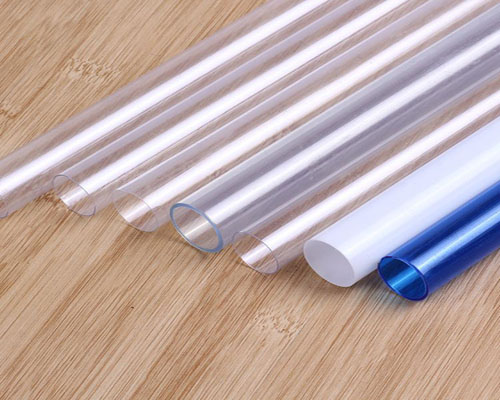
Phone Number :
07 06, 2023

Polyvinyl chloride (PVC) hose is widely used in various industrial applications due to its excellent flexibility, durability, and chemical resistance. To further understand and optimize its thermal performance, researchers have recently conducted extensive studies on the infrared radiation characteristics of PVC hose.
One crucial aspect of PVC hose's infrared properties is its absorption and emission behavior. Infrared absorption refers to the ability of the hose to absorb electromagnetic radiation at specific wavelengths in the infrared spectrum. PVC hoses typically exhibit strong absorption in the mid-infrared range, making them effective in absorbing and dissipating heat. On the other hand, infrared emission relates to the hose's ability to release absorbed heat energy in the form of thermal radiation. PVC hoses generally have medium to high levels of infrared emission, which allows for efficient heat transfer.
Aside from absorption and emission, the reflectivity and transmissivity of PVC hose in the infrared range also play a significant role in its thermal behavior. Reflectivity refers to the ability of the hose to reflect incident infrared radiation, while transmissivity relates to the proportion of infrared radiation that can pass through the hose without significant absorption or reflection. PVC hoses typically have low reflectivity and high transmissivity in the infrared spectrum, allowing them to transmit heat efficiently while minimizing energy loss through reflection.
In recent years, several research studies have focused on enhancing the infrared properties of PVC hoses. One study investigated the addition of infrared-absorbing nanoparticles to PVC hose formulations, aiming to improve its heat dissipation capabilities. Results showed that the incorporation of nanoparticles significantly enhanced the infrared absorption of the hose, leading to improved thermal performance.
Another study explored the influence of different fillers on the infrared transmissivity of PVC hoses. By incorporating fillers with varying refractive indices, researchers were able to manipulate the transmissivity of PVC hoses in the infrared range. This research opens up possibilities for tailoring PVC hose properties to specific thermal insulation requirements.
In summary, understanding the infrared properties of PVC hose is crucial for optimizing its thermal performance in various applications. With its strong infrared absorption, medium to high emission, low reflectivity, and high transmissivity characteristics, PVC hoses are efficient in heat dissipation. Ongoing research on enhancing the infrared properties of PVC hoses through the addition of nanoparticles and the manipulation of filler materials provides promising avenues for further improving their thermal behavior.